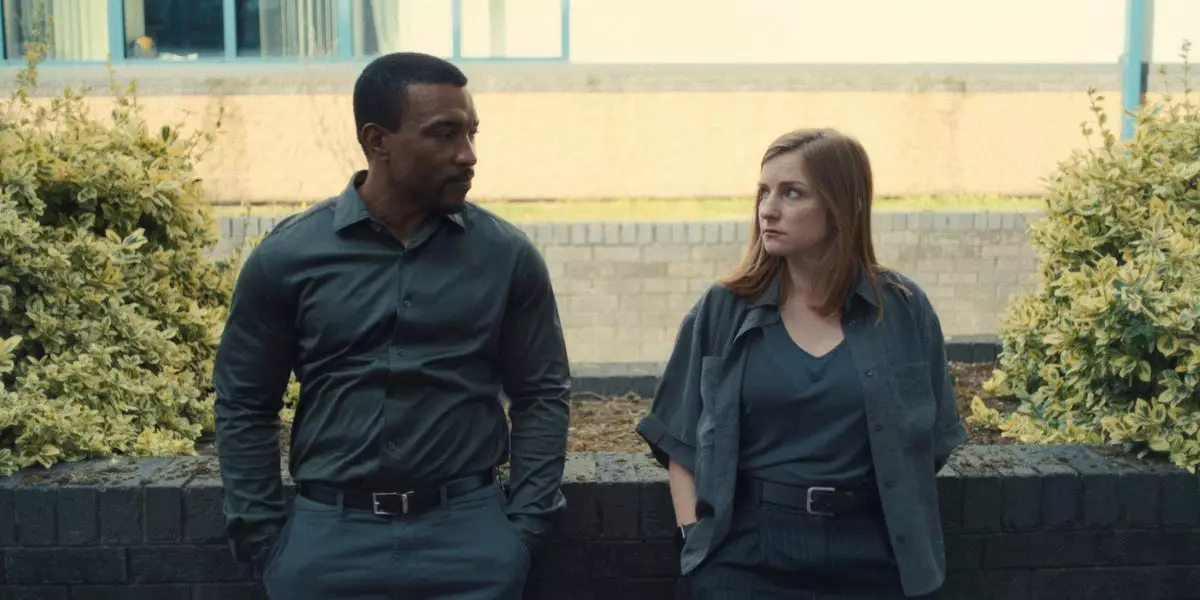The Netflix mini-series “Adolescence” has captured the attention of many, particularly with its gripping second episode, which left viewers reeling from a pivotal moment that sparked extensive online discussions. Unlike typical offerings from streaming platforms, “Adolescence” excels not just in storytelling but also in invoking profound emotional responses from its audience. This layer of depth can be attributed to meticulous creative decisions involving production elements. It’s fascinating to see a show navigate the fine line between maintaining narrative integrity and embracing bold, risk-laden artistic choices that ultimately enhance the viewing experience.
Behind the Scenes: The Importance of Collaboration
In a revealing conversation on “The Rest Is Entertainment” podcast, co-creator Stephen Graham, who plays Eddie, and his team elaborated on why a critical scene diverged from initial plans. The decision to feature a drone shot instead of a conventional street-level view exemplifies the dynamic interplay between direction and the creative forces that shape a show’s identity. Director Philip Barantini’s willingness to adapt, spurred by suggestions from Netflix executives, highlights the importance of collaboration within the production team. For Barantini, relinquishing strict adherence to the original plan wasn’t just a creative decision but a testament to the necessity of flexibility in the filmmaking process.
Technical Challenges and Triumphs
Matt Lewis, the Director of Photography, faced daunting challenges during filming. The unpredictability of using a drone in blustery conditions brought its own complications, pushing the limits of both technology and ingenuity. When one considers the intricate planning that goes into setting up a simple shot, it is impressive to realize how a fleeting moment can require extensive technical skill. This complexity is often overlooked by viewers, but Lewis’s determination to capture that perfect shot reflects the artistry behind the final cut. His emotional response upon achieving that moment wasn’t just about hitting a technical mark; it was about telling a deeper story that resonates with viewers on multiple levels.
The Risk of Redirection
The alternatives to the final scene—a regular street-level view, a fade-out over the city, or an entirely different location—showcase the creative risks inherent in filmmaking. Each of these options would have delivered a different emotional texture and narrative weight, and the decision to gamble with a daring aerial shot speaks volumes about the creative team’s dedication to ensuring that the course of the narrative remains impactful. Such bold decisions underline a belief that a show can explore unconventional storytelling avenues, reaffirming that sometimes, the most significant victories emerge from embracing uncertainty.
In viewing “Adolescence,” audiences are treated not just to a story, but to a masterclass in creative endeavor and the courage to deviate from the norm. By navigating challenges and embracing innovative techniques, the show cultivates a resonant connection with its viewers while simultaneously elevating the standard for storytelling in television. Here, we see that the beauty of art, particularly in the realm of storytelling, often lies in the unexpected changes and adaptations that bring depth and insight to the shared human experience.

